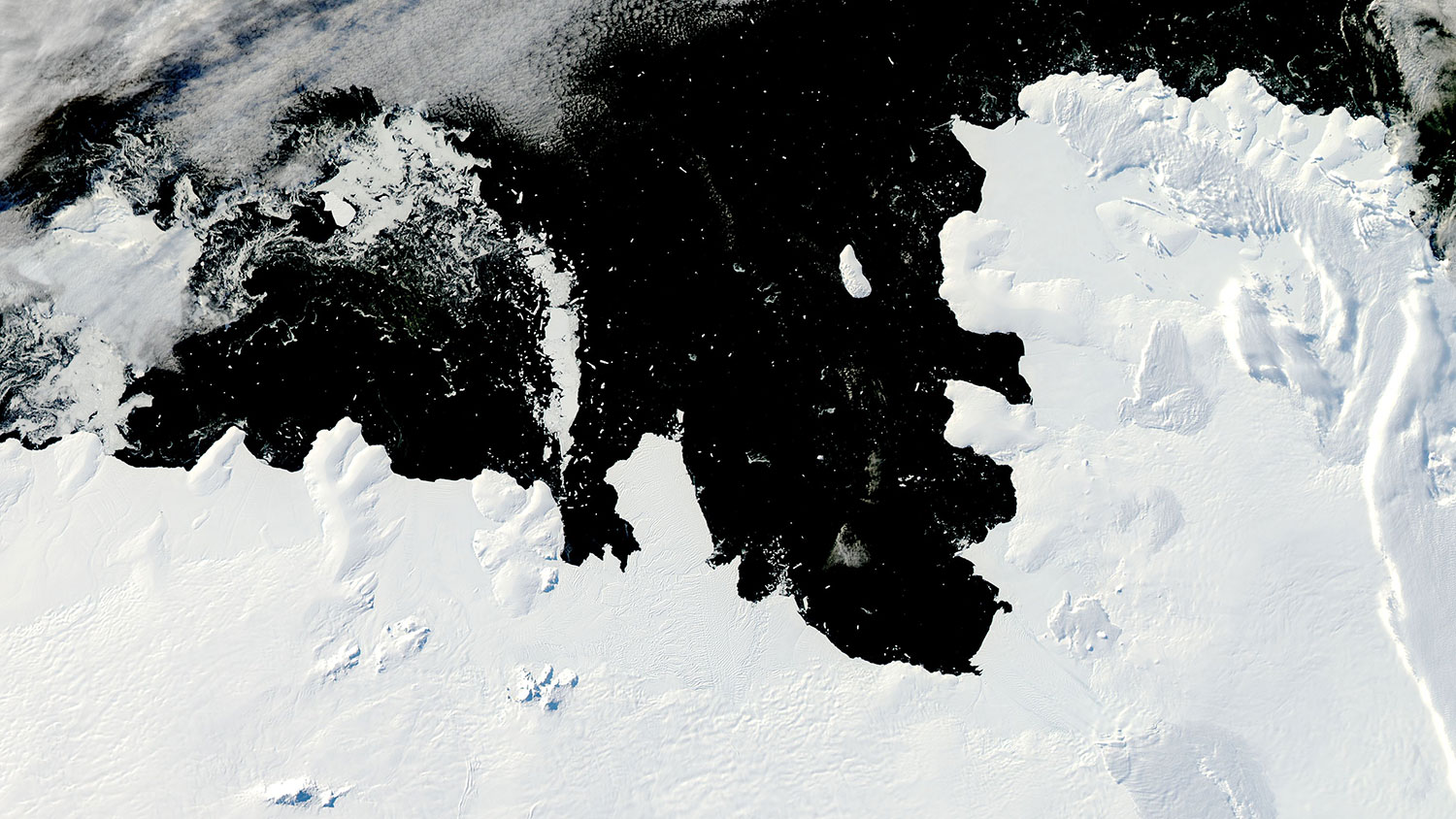Friction — can’t live with it; can’t live without it. One minute the fickle force is keeping you from sliding out of your chair; the next, it’s giving you a chafing situation that’ll bring tears to your eyes. And then all of a sudden it’s deciding the fate of humanity.
Fine, that last one might be a bit of an exaggeration, but that’s kind of what it feels like after reading this new study about friction’s role in the stability of the West Antarctic ice sheet — you know, the one that could raise sea levels up to 16 feet if it collapses? Which, by the way, scientists are pretty sure that it will. The study from researchers at Caltech, published this week in the Journal of Glaciology, indicates that the imperiled ice sheet could be in an even more precarious position than we thought.
Here’s the rub (sorry): Previous models of the ice sheet assumed that, wherever the sheet made contact with the ocean floor, there was a constant amount of stress keeping it in place. This new model, on the other hand, incorporates a frictional force that varies along the base of the ice sheet as growing water pressure counteracts the weight of the ice sheet.
This frictional force brings the grounding line of the ice sheet — the area where the ice sheet touches off the ocean floor and becomes a floating ice shelf — into shallower waters than researchers had expected. It also reduces the amount of stress the ice sheet feels at the grounding line. Together, these put the entire ice sheet in a more precarious position — previous studies have shown that the way the ocean bed slopes in these shallower waters is conducive to ice loss. Andrew Thompson, an assistant professor of environmental science and engineering at Caltech and a coauthor on the study, said in a press release:
Our results show that the stability of the whole ice sheet and our ability to predict its future melting is extremely sensitive to what happens in a very small region right at the grounding line. It is crucial to accurately represent the physics here in numerical models.
And this isn’t just a computer model, but there’s still plenty to learn about what’s going on with this enormous slab of ice that has the power to completely change the world as we know it. Still, every time I read “extensional stress” in this paper — and the phrase comes up a lot — I accidentally read it as “existential stress.” That has to mean something.



